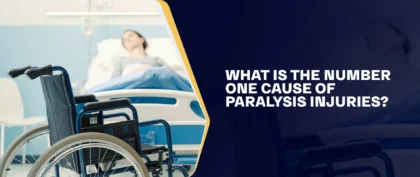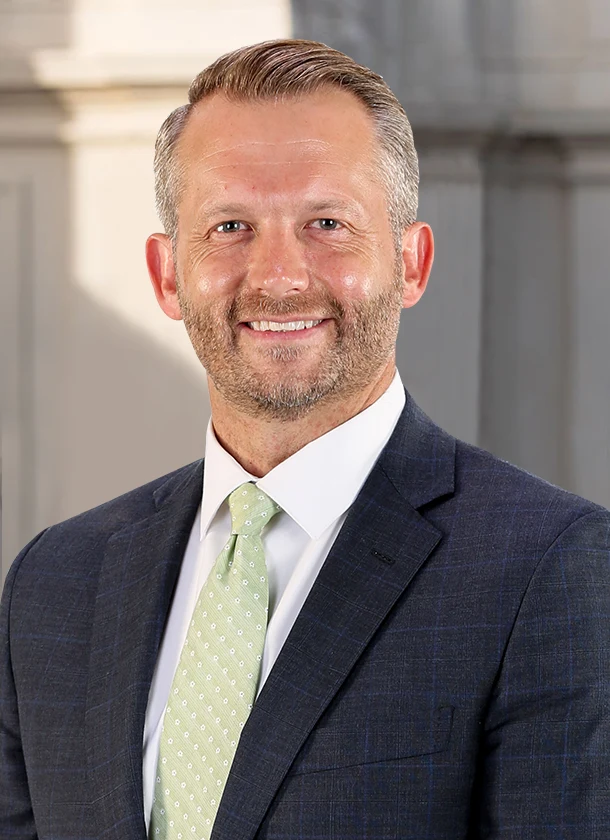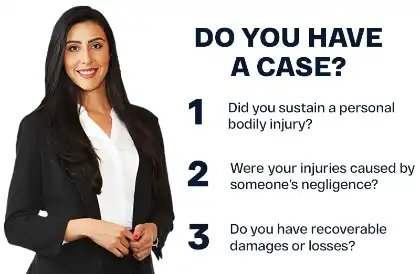Table of Contents

Many things have changed during the current statewide shutdown. The COVID-19 pandemic has shut down stores, restaurants, public transportation, schools, parks, and many other “nonessential services.” Even with current “stay at home” orders in place, it is still important for accident victims to continue receiving treatment for their injuries. Following through with recommended treatment helps facilitate proper healing and creates a medical record.
What Will Happen If I Pause Or Stop Treatment?
Many treatments (such as physical therapy or chiropractic services) require consistent application over a specific period. If you are not able to complete the full treatment schedule, your injuries may not improve.
In some cases, they can even become worse. This can lead to higher medical bills in the long run, as you may need to return for additional treatment later.
Defendants are not usually required to pay the full value of losses if a plaintiff makes the injuries worse by failing to follow through with treatment.
As a result, plaintiffs who fail to get treatment could face challenges in pursuing compensation, as insurance companies and defendants often evaluate gaps in medical care.
If you are unable to attend physical therapy or chiropractic appointments due to illness, COVID-19 concerns, or other valid reasons, it’s important to document the situation. Even if the delay is beyond your control, inconsistencies in treatment could still affect your recovery and the strength of your injury claim.
How Can I Stay Safe While Going To Medical Offices?
The Centers for Disease Control have made recommendations for safety while out in public during the COVID-19 outbreak. These include:
- Wash your hands with soap and water for at least 20 seconds after being in a public place or after blowing your nose, coughing, or sneezing.
- Use hand sanitizer that contains at least 60% alcohol if soap and water are not available. Cover the surfaces of your hands and rub them together until they feel dry.
- Avoid touching your eyes, nose, and mouth with unwashed hands.
- Maintain a safe distance from other individuals.
- Covering your mouth and nose with a cloth face cover (not a mask designed for healthcare workers) when around others, especially when coughing or sneezing.
These recommendations can help keep you safe while at a doctor’s office or another medical facility for your treatment.
Some People Are At Increased Risk From The Coronavirus
Some people are more likely to develop serious complications from the coronavirus. For these people, it might not be safe to visit a doctor’s office. The CDC reports that the following factors increase your risk of suffering from COVID-19:
- Being age 65 or older.
- Receiving dialysis treatment.
- Severe obesity (body mass index of 40 or higher).
- Living in a nursing home or long-term care facility.
- Having medical conditions such as chronic lung disease, moderate to severe asthma, serious heart conditions, diabetes, chronic kidney disease, or liver disease. These conditions are especially risky if they are not well controlled.
- Having a weakened immune system due to cancer treatment, smoking, bone marrow or organ transplants, immune deficiencies, poorly controlled HIV or AIDS, or prolonged use of corticosteroids and other medications that weaken the immune system.
The Cost-Benefit Analysis Of Visiting A Doctor’s Office
Before the pandemic, many people visited their doctors without giving it much thought. However, COVID-19 introduced new health risks that made many patients reconsider in-person visits. Deciding whether to see a doctor now depends on your personal health needs, the urgency of your care, and overall risk factors.
According to the U.S. News and World Report, evaluating the benefits and risks of medical visits is an important part of managing your health during and after the pandemic. Many healthcare providers now offer telehealth or phone consultations, allowing patients to address certain concerns remotely and decide whether an in-person visit is necessary.
Virtual Care Has Become “The Default”
Even if you can’t visit your doctor’s office in person, this doesn’t mean you can’t get medical treatment. CNN predicts that virtual care, also known as “telemedicine,” will become the new normal. In response to the COVID-19 pandemic, the federal government has removed many barriers to promote virtual visits as much as possible. Doctors can now easily conduct patient visits by FaceTime, Zoom, or Skype.
However, there are challenges in safely applying any new system. Vox, like CNN, predicts that traditional healthcare might never be the same after the widespread use of virtual services during the COVID-19 outbreak. Vox also reports on things patients need to know when receiving virtual care:
Like Any Technology, It Carries Security Risks
Every internet-based technology is vulnerable to hackers. Because patient privacy is a high priority, many in the healthcare field have been opposed to delivering health services over the internet, for fear of exposing sensitive patient information. Of course, privacy concerns have become secondary to health concerns due to the coronavirus. Patients should still be aware of the security risks and take measures to protect their sensitive health information.
The Department of Health and Human Services has approved FaceTime, Zoom, and Skype for delivering virtual care. There are also platforms designed for use by medical professionals. Check with your doctor to see which apps and platforms they use. Keep in mind that some programs might require the use of a specific technology. It is generally advisable not to use public platforms like Facebook Live or TikTok. These systems are not designed to protect user privacy in a healthcare setting.
Insurance Carriers Are Increasing Reimbursement Options For Virtual Care
Before you have a virtual appointment with a healthcare provider, it is important to check with your insurance company to determine what they will cover. Many companies are expanding their telehealth options during the COVID-19 outbreak. Some are even waiving copays and offering other incentives to encourage the use of this option. Medicare has expanded its coverage for virtual health services, and it is encouraging state Medicaid programs to do the same. Regardless of the insurer you use, it’s essential to confirm your coverage options and restrictions before receiving virtual healthcare.
“This Is Not The Optimal Environment For Care.”
Unfortunately, many of the treatments required for injury victims rely on in-person visits. Injury victims might not have any virtual options for visiting these healthcare providers.
That being said, in-person visits might not be as safe or effective as they were before the COVID-19 outbreak. The American Physical Therapy Association has stated that this is “not the optimal environment for care, for anyone involved.”
Patients may receive treatment less frequently or experience adjustments to how care is provided. For example, physical therapists and chiropractors may need to wear gloves or limit hands-on interaction to reduce health risks, which can affect the quality or consistency of care.
These changes to your care are likely to continue for some time. Governor Newsom recently described his plan for reopening California. He clearly stated that “normal it will not be.” Businesses will be opened slowly and not allowed to operate at full capacity. The use of gloves and masks will be common for many workers throughout the state. SF Gate reports that the new measures will take less of a “population approach” (such as requiring everyone to stay home) and focus more on “individual responsibility” (such as requiring the use of face coverings and monitoring temperatures).
It is important to discuss these concerns with your personal injury lawyer. COVID-related disruptions may raise legal questions about responsibility for extended pain, delayed healing, or reduced treatment outcomes. Your attorney can factor these issues into developing a legal strategy for your claim.
Don’t Neglect Your Overall Health
It is important to remember that chronic health conditions (such as diabetes or high blood pressure) do not take a break during a pandemic. These conditions must be monitored and treated to keep them under control.
When Superstorm Sandy passed through Manhattan, the local Veterans Affairs facility was forced to close temporarily. CNN reports that, two years later, veterans being treated at the facility had higher blood pressure than they did before the storm.
You might not be able to see your doctor as frequently during the pandemic or receive the same treatment as you would in person. However, it is still possible to manage long-term conditions during “stay at home” orders. Have virtual appointments with your doctor via FaceTime or Skype. Continue to monitor your condition and notify your doctor promptly of any changes.
Contact Our Personal Injury Lawyers In California
Even during an outbreak like COVID-19, it is important for injury victims to receive treatment as much as possible. Timely treatment can support your recovery and may also strengthen your legal claim if you choose to pursue one. Our experienced personal injury lawyers at Arash Law can help you navigate the legal process during these uncertain times. We have represented clients from San Francisco, Riverside, San Jose, San Diego, Sacramento, Sherman Oaks, and across California. Call us at (888) 488-1391 or complete our “Do I Have A Case?” form for a free initial consultation.
Our attorneys work on a contingency fee basis. This means you will not owe any attorney fees unless compensation is obtained. However, clients may still be responsible for court costs or other case-related expenses, regardless of the outcome.












































